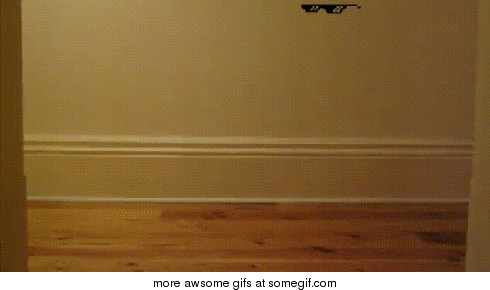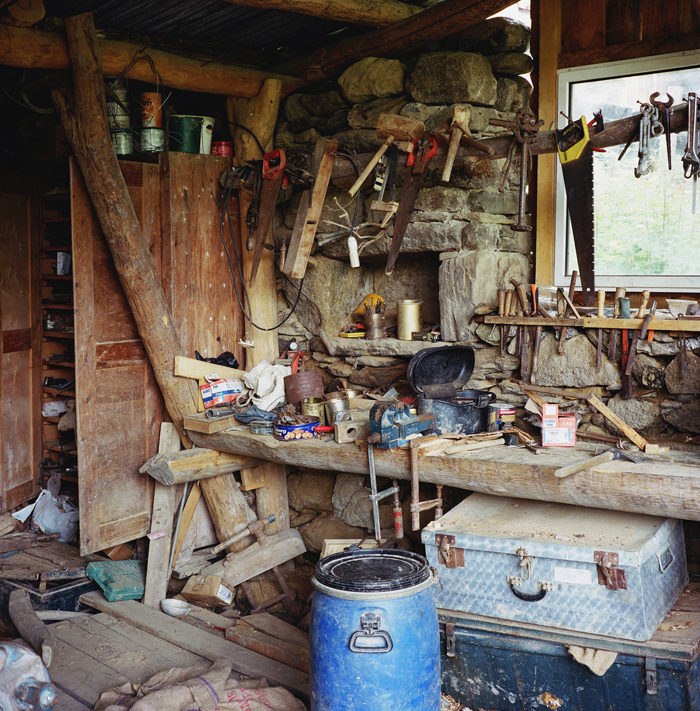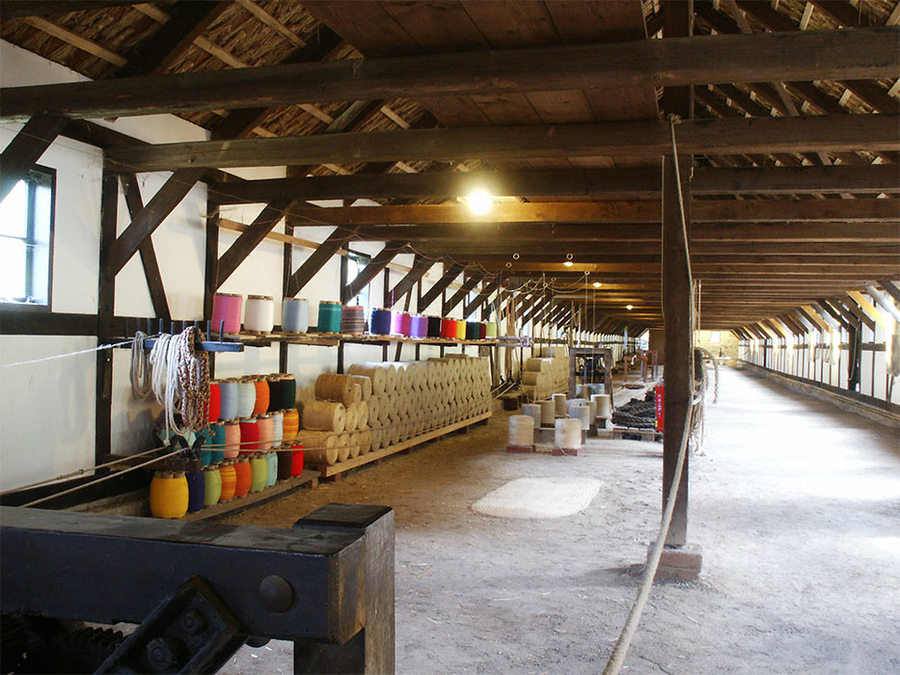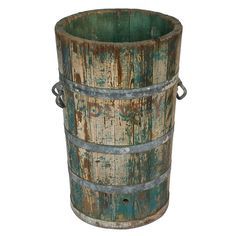User:RKraai
Roos Kraaieveld
<pre="color: #380B61"> Additional Stuff
Contents
Inspiration and research
Making is Connecting - by David Gauntlett
Thoughts on art and craft
The book Making is Connecting by David Gauntlett. There were some things that I found very interesting. Whether I agreed, opposed or wanted to experience or did not know. The book addressed many things many interesting things on how different society's in the past looked at craft, as well as Art & Craft. That there used to such a hard line between art and craft. From what I've read, in the 15th till 18th century you were an artist if you made religious paintings or paintings at court or monarchs. You were a craftsman if you made weapons, tools or houses even. As a craftsman you could make art, like wooden carved statue, but that didn't say you were an artist. Gauntlett under pint this by saying craft is a professional form of work which is practiced to make something for others. In this scenario it means there is no emotional bond between the craftsman and his work. The controversial thing is that a painter at court does the exact same thing, so what makes him?
So somehow this concept of art and craft was divided in two:
- Art is ' truly creative transformation of idea/emotions into visual objects '
- Craft is ' indicating the less prestigious production of carvings and pots '
What is interesting is that people argue that this divided meaning is caused by the term creativity. Having creativity is separates "making objects" and "having idea's"
Other disagree and argue that "having idea's" and "making objects", body and mind, is one thing and both are part by any craft/arts process. This is a statement with witch I agree, and maybe you can only agree with if you have experienced itself.
As highly and driven people argue that art and craft are two separate thing, I can not help to disagree.
- A crafted objects requires a skill which others do not maintain. Not everybody can smith and not everyone can make a realistic painting either.
- A craftsman puts as much emphases in his work as an artist will do.
In my opinion art and craft are mostly divided in it's purpose, talking about the object itself and the meaning behind it. This is closely related to the amount of input of the person making it.
- If a craftsman is asked for a chair, and he just makes a chair that is use full, it will be craft.
- If a craftsman is asked for a chair, and he makes it useful and adding more time by e.g. adding carved details, it could be considered art.
One could say that adding something to 'a craft' could make it art.
A funny thing to note is that in the 12th century monks who brewed beer was considered a craft, relating Trappist beer. Monks fulfilling their labor and satisfaction they got from it. Moving on the timeline it also became more of an art. The best taste as well as a logo, brand image or font that would indicate which beer was what. Nowadays it's still seen as a craft, more because people (Brewmastes) consider themselves a craftsman not because society does so.
This is really interesting because the normal brainwave of people see art and craft as objects, paintings, statues, decorations etc. The World of Brewing Beer has the same concepts of this ' Art' and ' Craft, but the product is entirely something else.
The Future
Now I've been talking about many years in the past. But what about now?
Why is there is till craft when we have massive machines producing craft for us? Ikea factory's making thousands of chairs a day? This is a very interesting topic because it differs for each person. With that I maybe mean the costumer/consumer more than the craftsman. The book addresses a fascinating statement about this. Ellen Dissanayake states "The pleasure in making lies in the fact that one can make something that didn't exist before, by ones own feelings, hands and dexterity". One believes that this is the soul reason why craft survived and is still practiced. Not as much for the people who want it, but for the people who do it. And I am not talking about craft that we need because we can not mass produce it. I talk about a carpenter who makes chairs while everybody visits Sunday's Ikea Living Room sale.
Now this is the part were it becomes most interesting. The rise of digital and electronic devices, equipment and knowledge. How much I love it and how it also actually hate it.
- Electronics are able to produce things for us, which takes a away the emotional and learning experience of making something with your own hands and skill. So it becomes empty
- People say it's easier, not simple, quicker and cheaper.
Yet the rise of digital and electronic devices, equipment and knowledge produces another opportunity for new kinds of craft. Or posing an opportunity for people who weren't able to 'craft' before, which they can do now by this technology. Or some people taking the piss out of it. Over the last couple of decades the switches, styles, movements in the concept of Arts & Craft have shifted loads. [I am not going to address everything], just parts that interest and inspire me.
Photographer Antoine Bruy traveled through wastelands to find people who choose to not live in big cities. People who are self providing. Making things themselves to keep them alive or satisfy them. His photo collection Scrublands shows people living in this way. But there is something interesting about it. Although mostly everything is made and sustained by themselves, there are still factors of modern day society. See here for the full collection.
A few weeks back I went to the Freilichtmuseum in Hagen (near Dortmund). It's not as much a museum as you think. It's more of a small village where crafts, art, books and other objects and traditions from Medieval times are recreated and practiced. I think it's really great that there are people who still recreate old craftsmanship, not only things like woodcarving but also baking bread knitting etc.
One artist I like in particular, which actually steps away from the base of a craft is Helmut Smits. He crafts by either adding things together, mixes, or changing it's material that is normally used to craft the object. Especially the last part is very interesting as it creates a kind of comical effect.
- Slavelamp is an amazingly funny concept as he took away the key part of a lamp, it's standard. This creates a new object which already exists, a flashlight. But because of the shape of the lamp it still suggests its a table lamp. So replacing the standard by a human..well.
- Candlelamp is again a modified lamp. This time Smits combined the older source of light with the new one.
- Trophy Cabinet seems like an illusion. From a far it really looks like trophy's. But if you look closer. It's funny and interesting that wrapping material for food has the same kind of shapes related to trophy's.
- Dead Pixel on Google Earth is not as much as crafting as it is amazingly clever.
So It's not that I have been mentioning the Ikea just randomly. There is something that interests me more about smaller crafts made by hand and simple tools, than big things made with machines were not everybody has access to. There is a movement called Ikea Hacks. Were people "hack" or "pimp" their Ikea furniture or house decoration. And it's just really interesting to see how one product, can be altered in visual style, so many different times. Which creates unique examples of small crafts. It's much more personal than working with metal were you need a workshop, tool etc etc. The site IkeaHacks.net offers loads of visual inspiration and done project to support and stimulate people to make something out of the plain Billy Bookcase. Some people are really driven in this vibe of Ikea hacks, calling it Art Furniture.
This 'thing' is called DIY, Do-it-yourself culture. Making things yourself instead of buying them. Or personalize something generic to make it something of your own.
Another form of DIY-ing is the Burning Man Festival. It's a way larger scale than Ikea Hacks is. It's a festival in a desert which is aimed to make a non-valued (no money involved) community who makes things and have fun. Installations of 10 meters high are displayed, you can climb on them what ever you want. They are not for sale, like other 'art pieces' and at the end of the festival, they are burned to the ground.
" Just for the sake of doing it"- Emily Fletcher
As impressive as they crafts are, the culture that it brings is way more interesting. It's about non-economical, non-judgmental,- pro-social and happiness, Hippies actually. Just to give other people and yourself an good feeling of happiness. And this is done through works of craft, art, socializing, dancing, alcohol and drugs.
There is a quote I know for a long time know which I like to imply in my own works. This statement I see so strong in the Burning Man Festival and the DIY Culture.
Design needs to seduce, shape and perhaps more importantly, evoke a emotional reaction. - April Greiman
DIY-ing has grown massively over the last few years. Not in a way that I thought first. It's the Digital DIY-ing that has grown. Especially when Microsoft made the Kinect Software an open source. There is this whole other side of people making digital crafts, video's projections robots etc. Mainly because of the internet this is possible. There is a big pool of information and How-To tutorials, tips and tricks from were people can learn how to do small complicated things. For example Instructables or WikiHow. What I think is the most interesting of this Digital Craft Culture is people who combine it with traditional art of craft e.g.;
- Art Aquarium, putting drawings of children in a projection.
- Wooden Mirror, were the light reflecting on the wooden pieces creates a mirror, as well as a lot of noise.
As last I want to mention two TED Talks.
- Ellen Jorgensen talks about open source microbiology science, in a DIY way. She mentions that opening or outing certain information to the public makes space and an option for a certain technology or a like to grow, improve and evolve. See here for the full TED Talk
- Massimo Banzi, my great hero, and co-founder of the Arduino Open Source. See here for the full TED Talk
Sources and interesting links:
Fusing and Bonding
Now as a guideline, I got Fusing and bonding assigned. So basically I am restricted to a boundary on were to focus on. Not that it's a big problem as I am very interested in combinations of traditional and digital ways of working, crafting and art. Though I notice everyone has a different opinion about fussing and bonding.
- I think the Burning Man Festival is a fusing of bonding with people through art and craft.
- Using technology e.g. an Arduino or Kinect, to make it interactive with the real world, e.g. The Wooden Mirror.
- Material and purpose is bonded and can be adjusted to make something else, bonding a material to a certain purpose or changing it, Helmut Smits.
I had a hard time focusing on one thing. On one hand I wanted to make something in the contexts as Smits does, a comical effect by changing materials. And on the other hand I didn't want to focus on one material because of this context.
Latex
framed|400x221px|right|Latex subtracted from tree's Latex is a organic milky white substance that is subtracted from flowering plants and tree's. It's been discovered in the 17th century but only in the 18th century there were breakthroughs on how the chemical works. When dried it has a stretching and relatively strong character. It's used in glues, condoms, gloves, memory foam, (paint) coats and molds for smiting and pottery, to protect something but still make it usable because of the flexibility. So it's a material that is always mixed with other material to add the flex effect. It's doesn't work, stand, function (except the mold obv.) on it's own like wood does. I choose latex as one of my materials because I wanted to see if there is a way to make organic Latex stand on it's own as a product, with it's characteristics.
Wooden planks
Something that annoy's be about wooden planks is the use of nails and screws for attaching wood. Of course there is wood glue, but that doesn't always suffice. When you ask the question What can I use instead of nails and screws? think about what they did when they weren't even invented. The very first examples of assembling wood is a sticky mud substance dried on fire or sun and rope. The mud is till used in countries in Africa to assemble their houses and fund them better. But when the mud dries, it will become hard and unmovable. Rope is rarely used, e.g. could be for Sushi Mats, which is still movable after assembling. Later on also iron, metal or copper was used to tie the wooden planks together.
Statements
Describe in around 300 words what the broader cultural or historical context is of the technique/craft/process/tool/material you've focused on? Example: how does it relate to how that technique/craft/process/tool/material has been traditionally used? or: What meaning in culture does your technique/craft/process/tool/material have? or: How does your technique/craft/process/tool/material relate to the what we've read about in Making Is Connecting?
Describe in around 100 words how can the technique/craft/process/tool/material you've worked impact your practice? Example: doe you now consider working with different materials? or: do you think the technique/craft/process/tool/material will allow you to explore new visual languages within your practice?
Look back on what you've written so far (around 900 words!) and write a 100 word statement on why you make. This can be a conclusion to your text, a short manifesto or perhaps the text to use for those who are making a booklet as their practical project?



